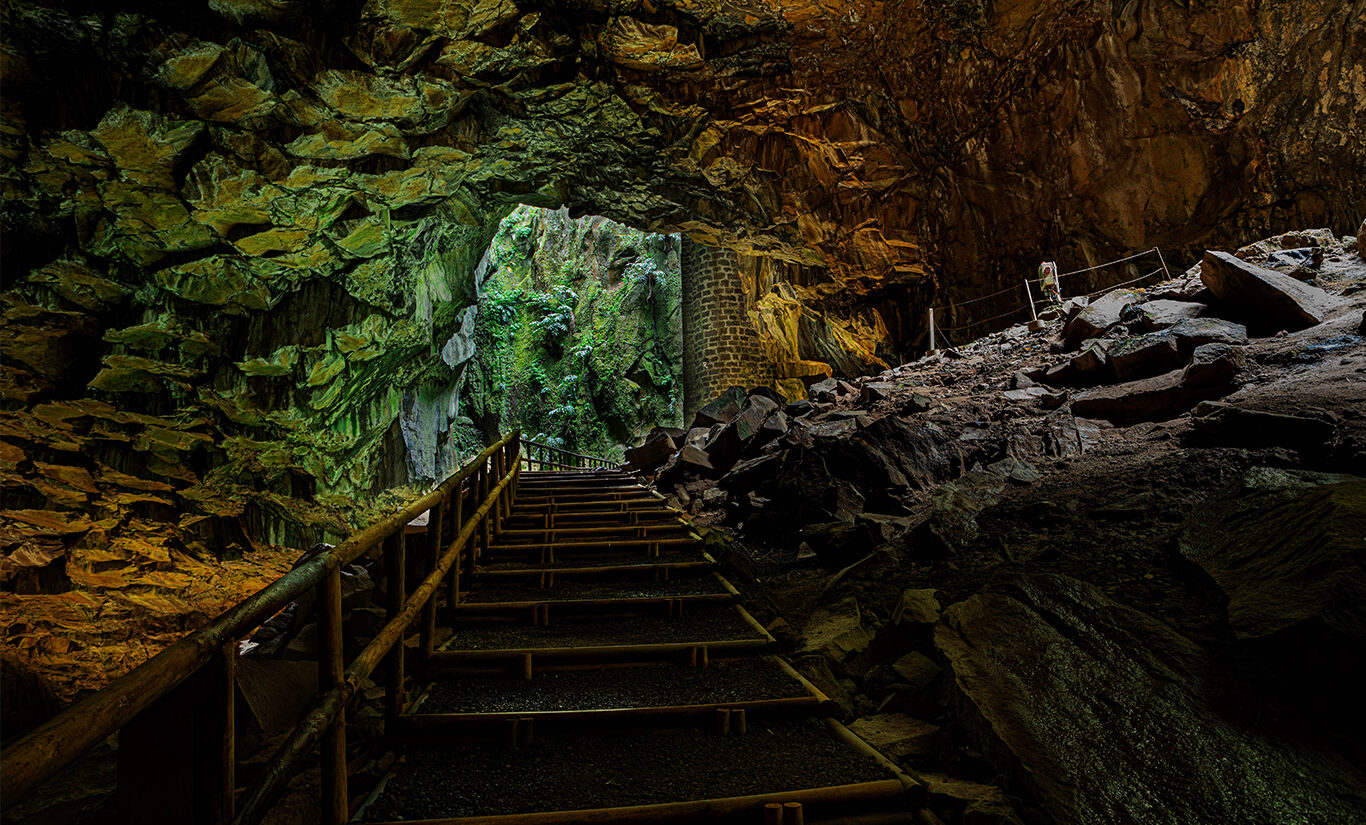
Interconnected for thousands of years
"There is an inextricable link between cultural and biological diversity"
- Declaration of Belem, 1988
Biosphere Reserves are committed to the conservation and preservation of natural and cultural heritage. They enshrine places where the exceptionality of nature and cultural heritage coexist harmoniously, enhancing each other.
These territories are distinguished by the uniqueness of their landscapes, the particularity of their fauna and flora and the valorisation of the material and immaterial legacies and cultural practices of the resident communities.
By embracing both biological and cultural wealth, Biosphere Reserves point the way towards sustainable cohabitation, where respect for traditions and the preservation of ecosystems go hand in hand, inspiring generations to cherish and protect our common planet.
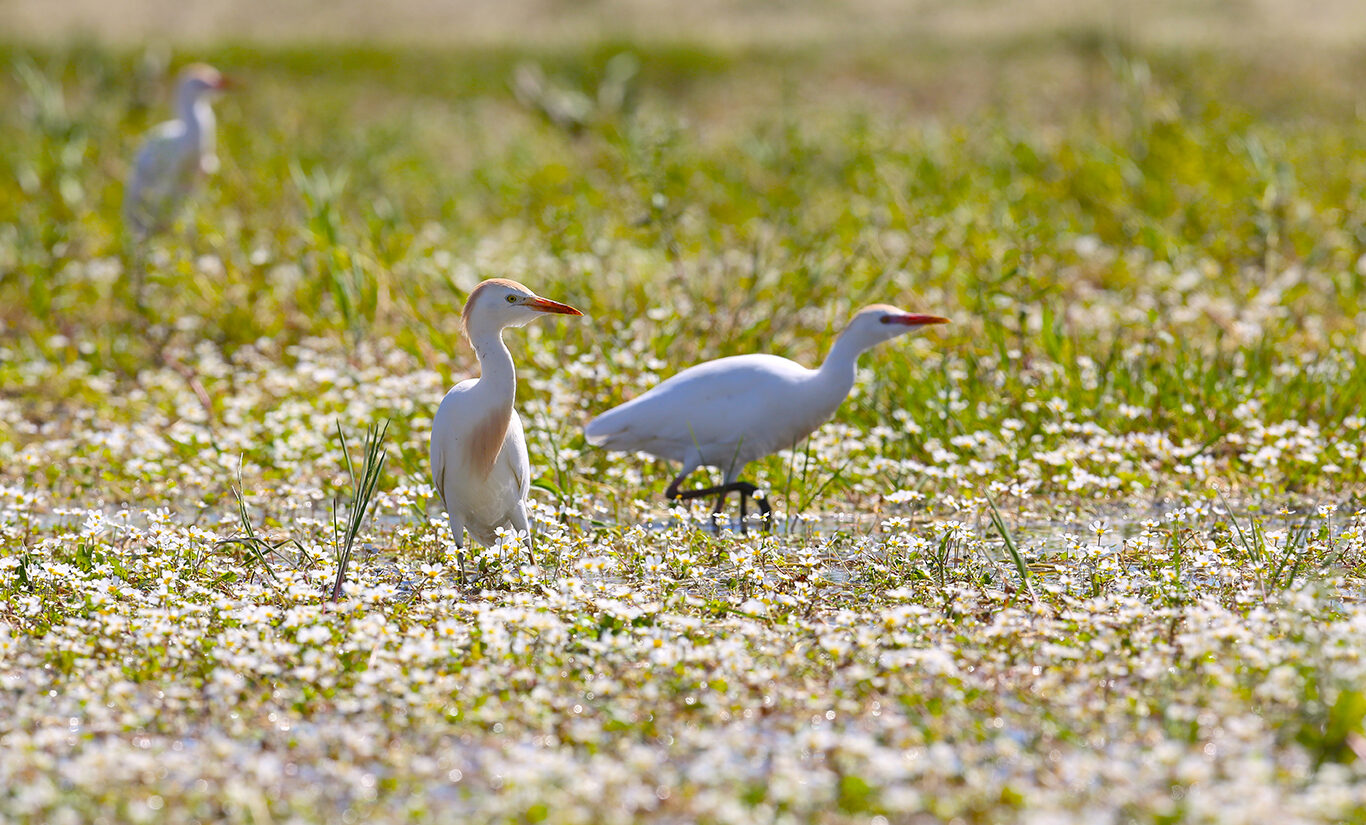
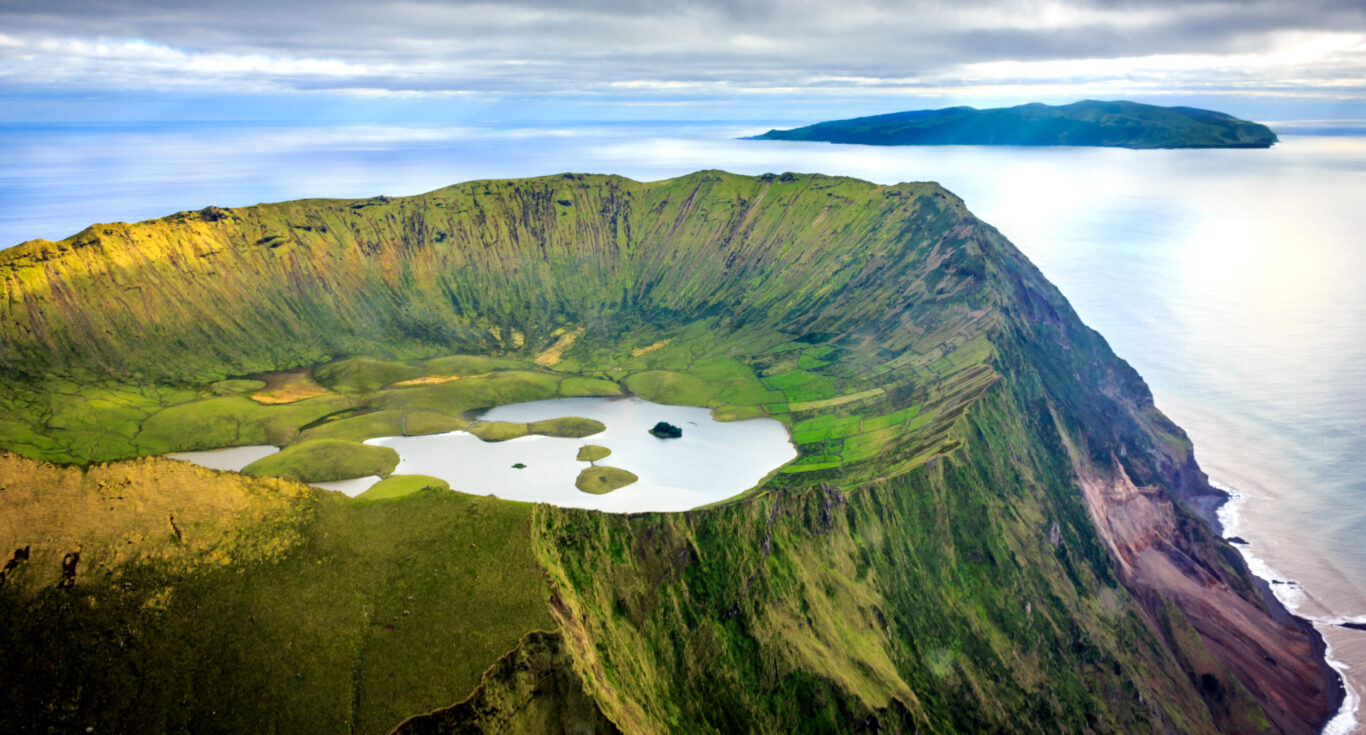
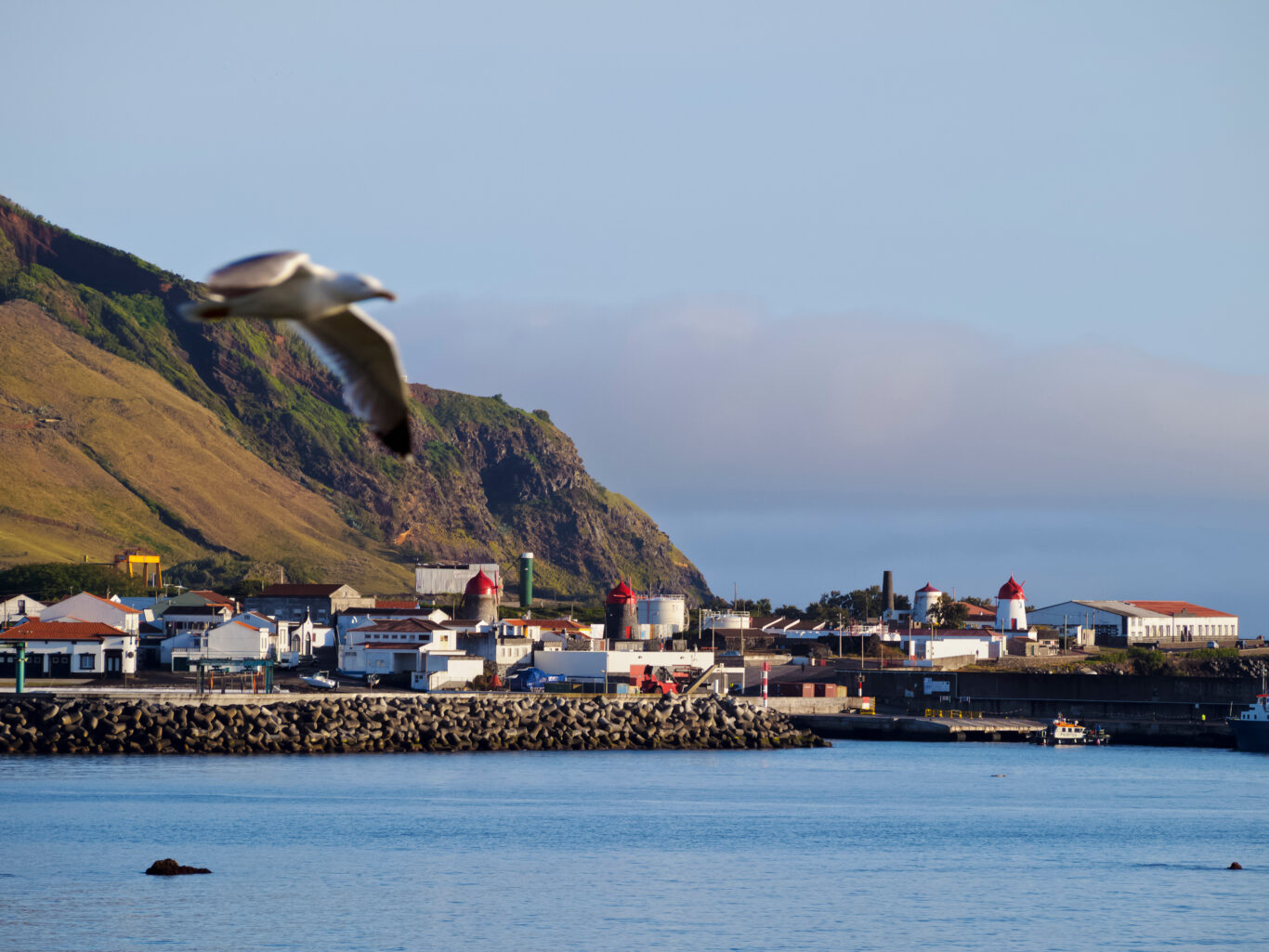
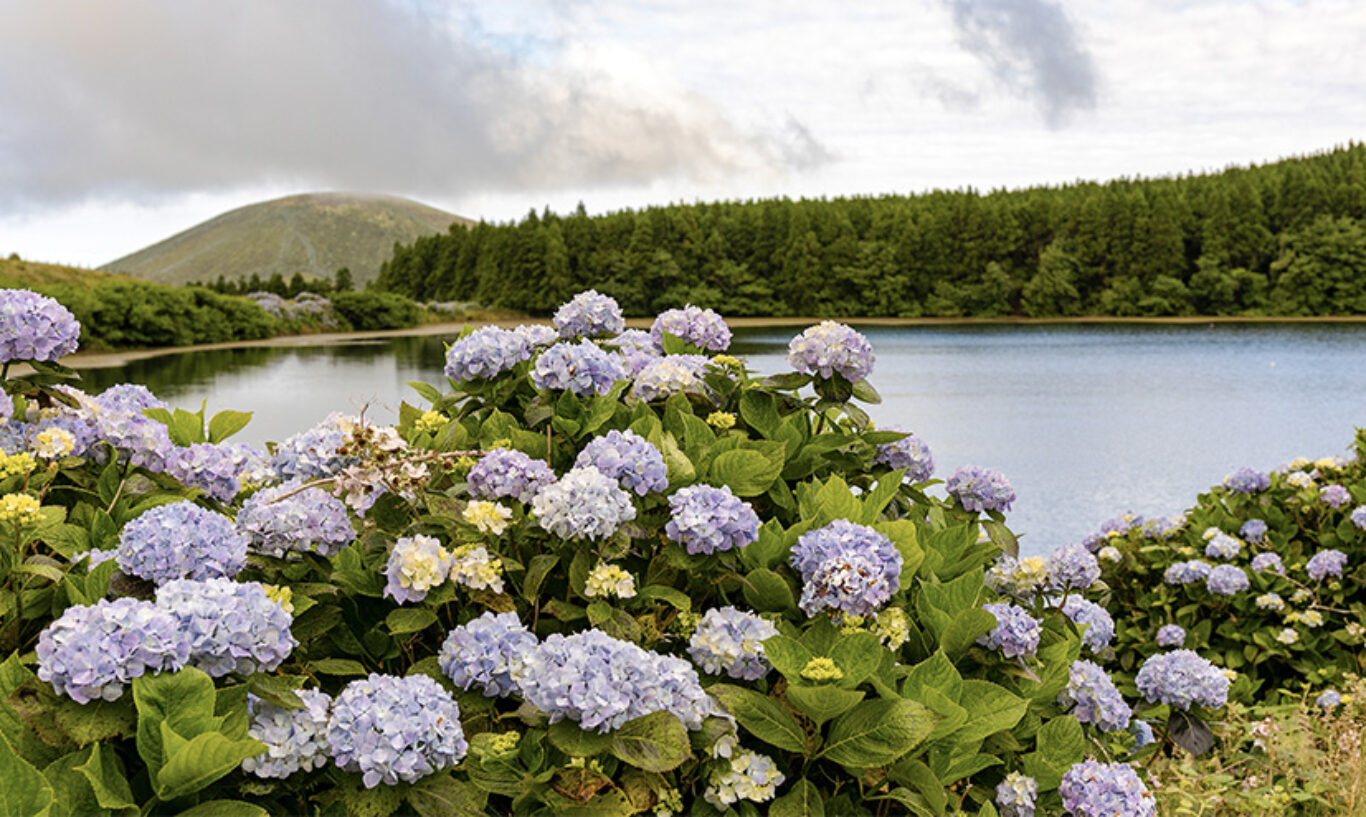
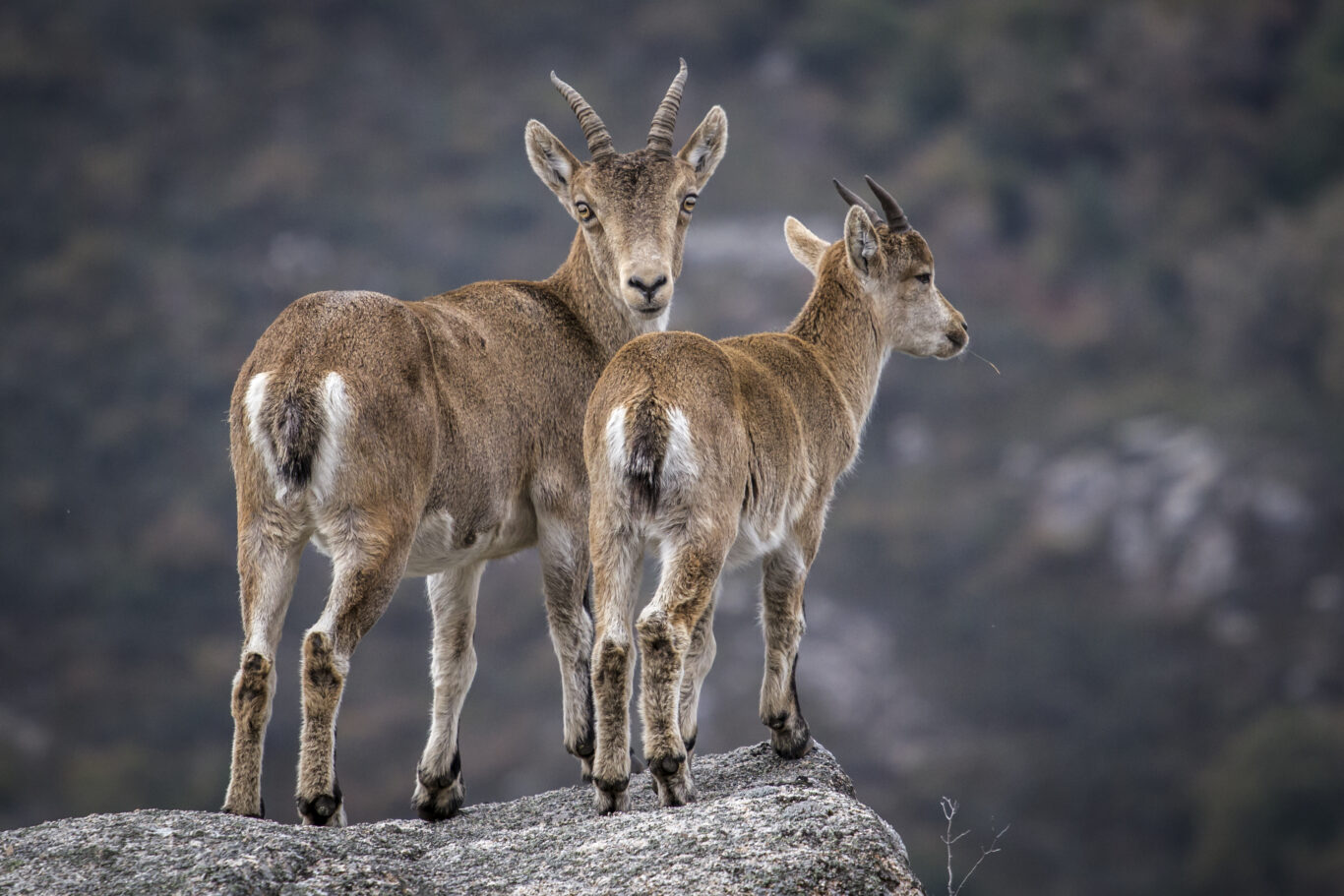
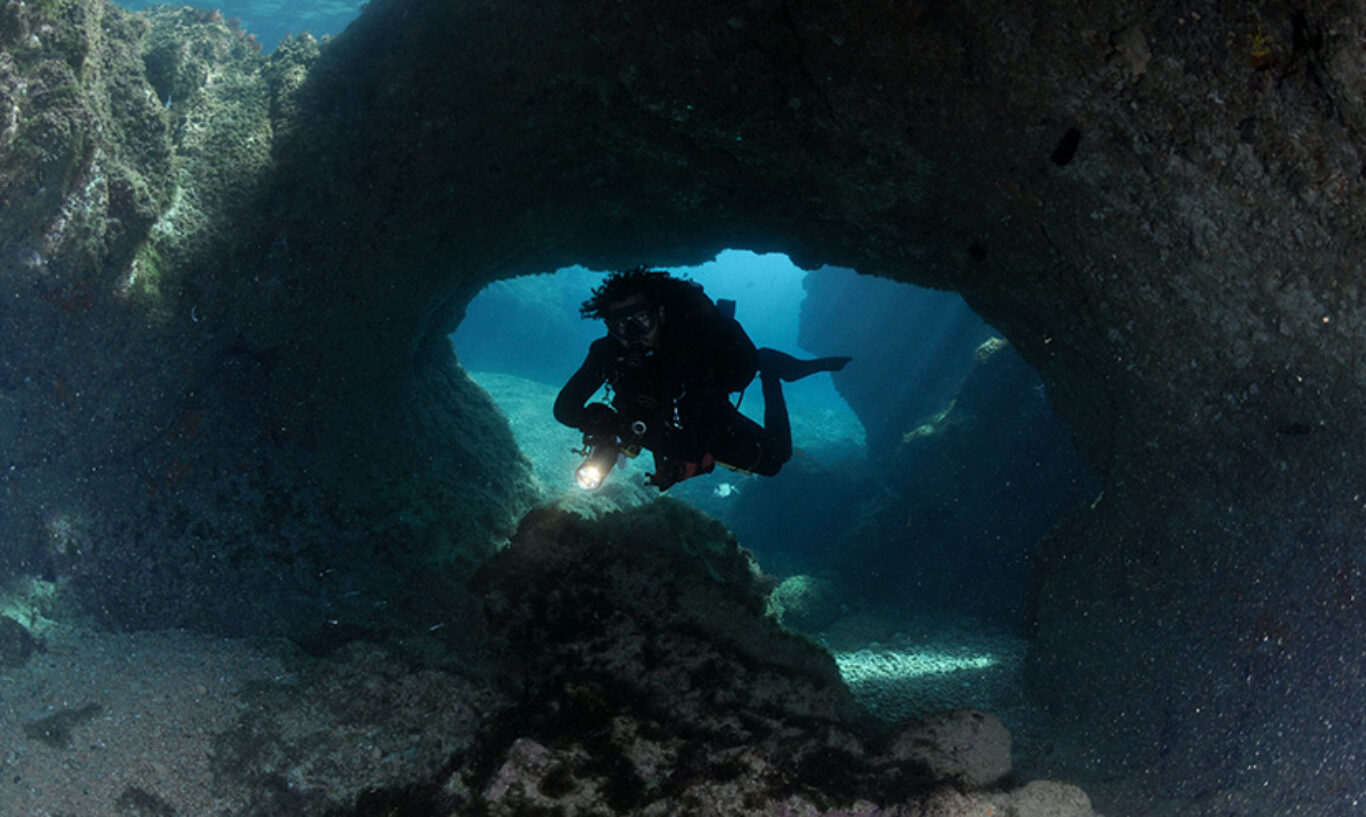
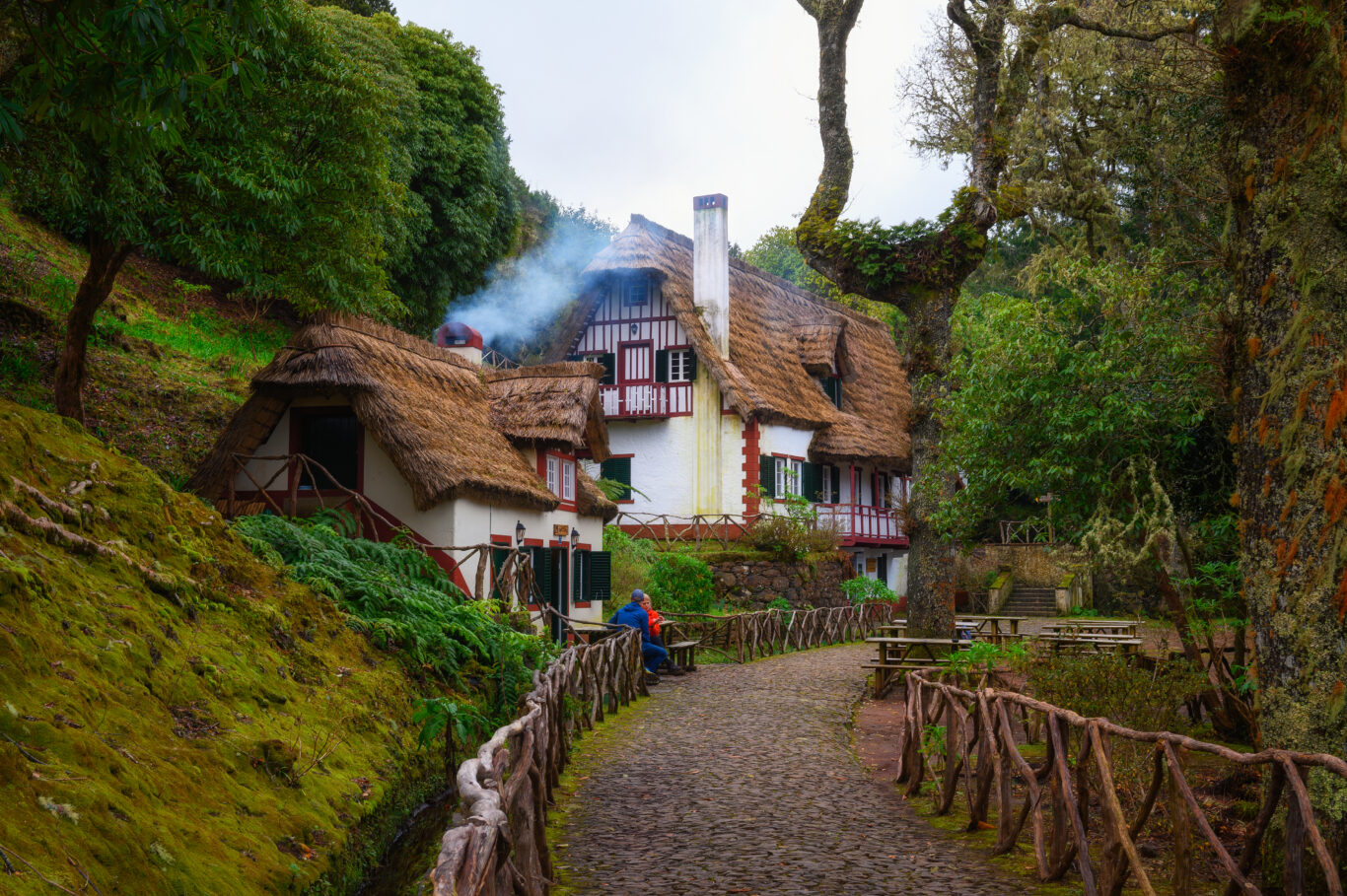
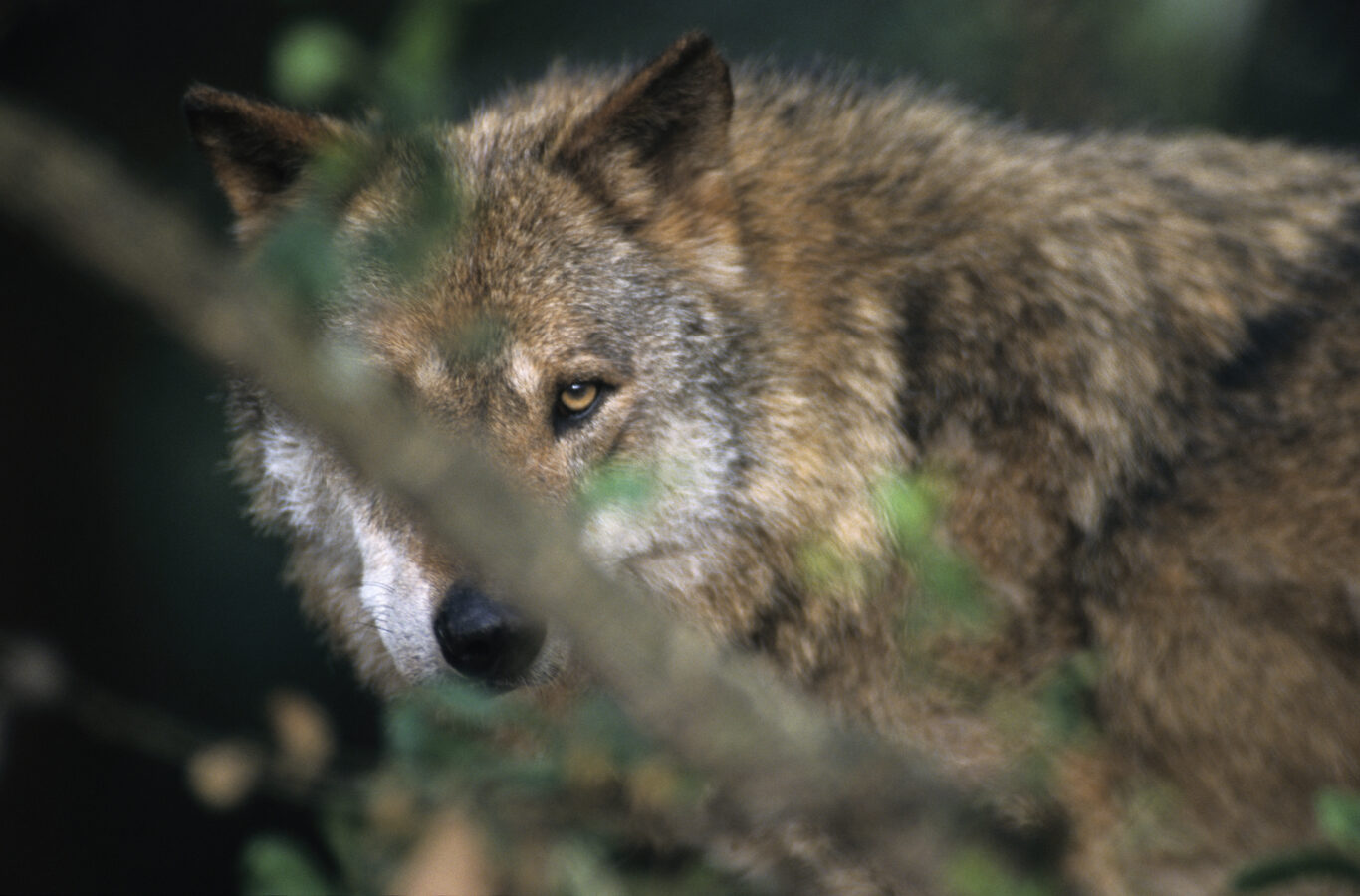
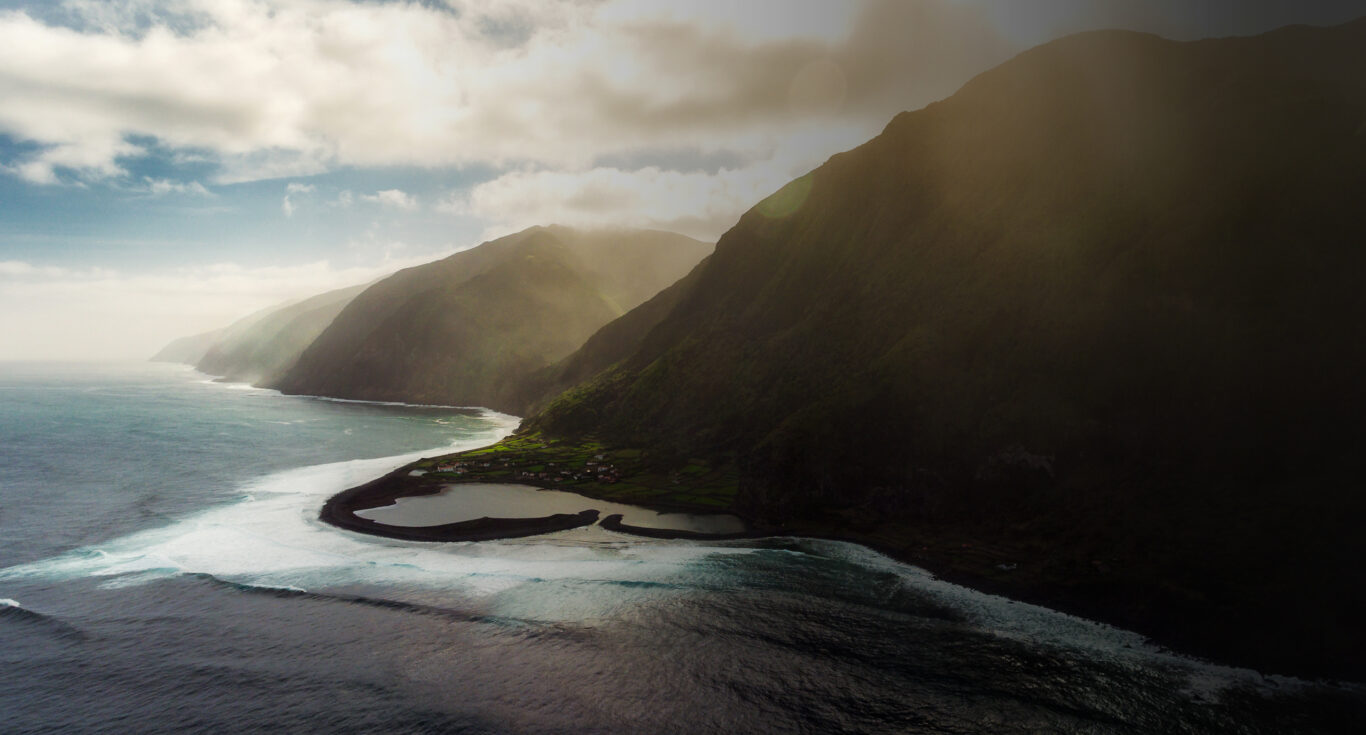
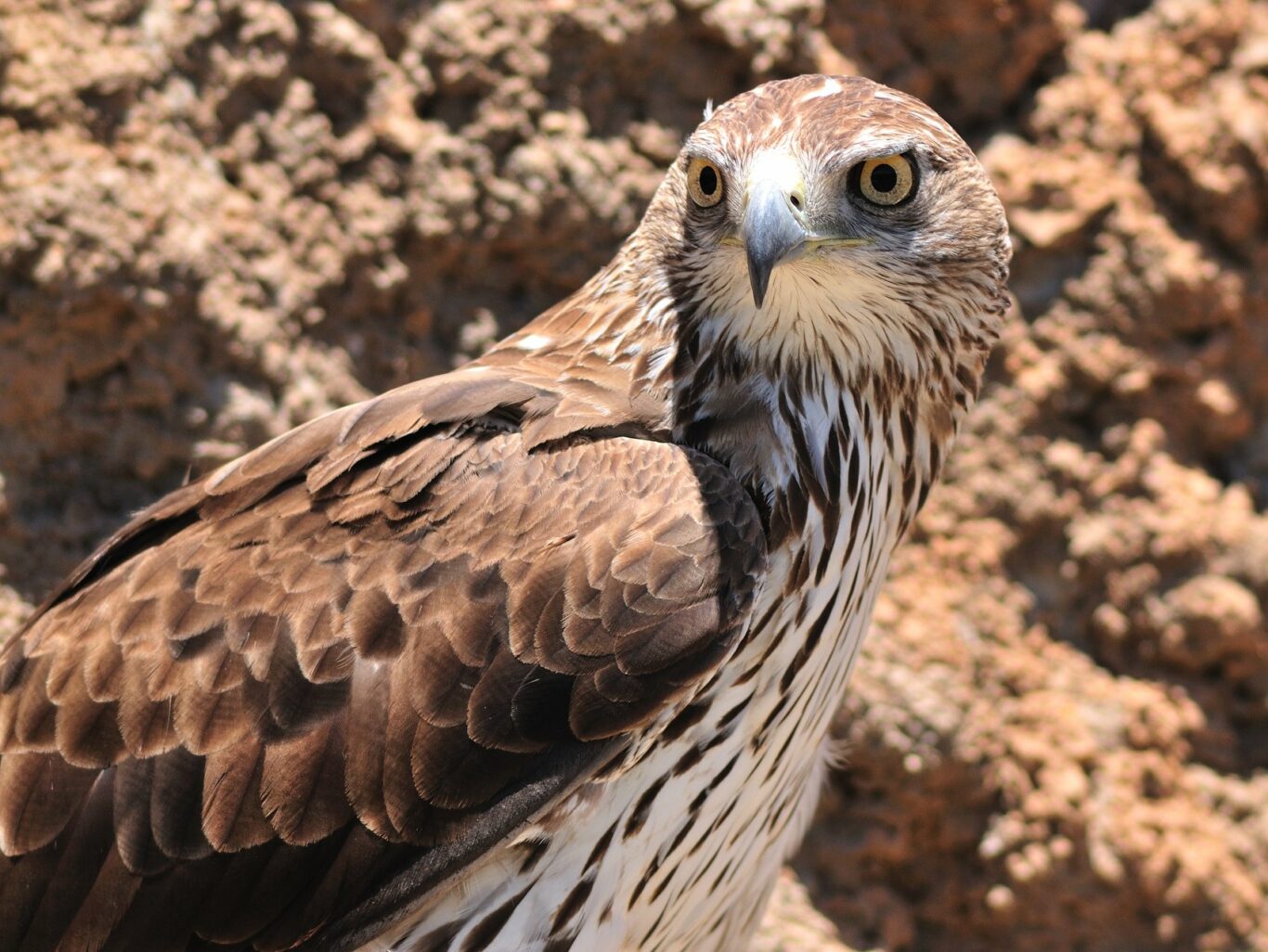
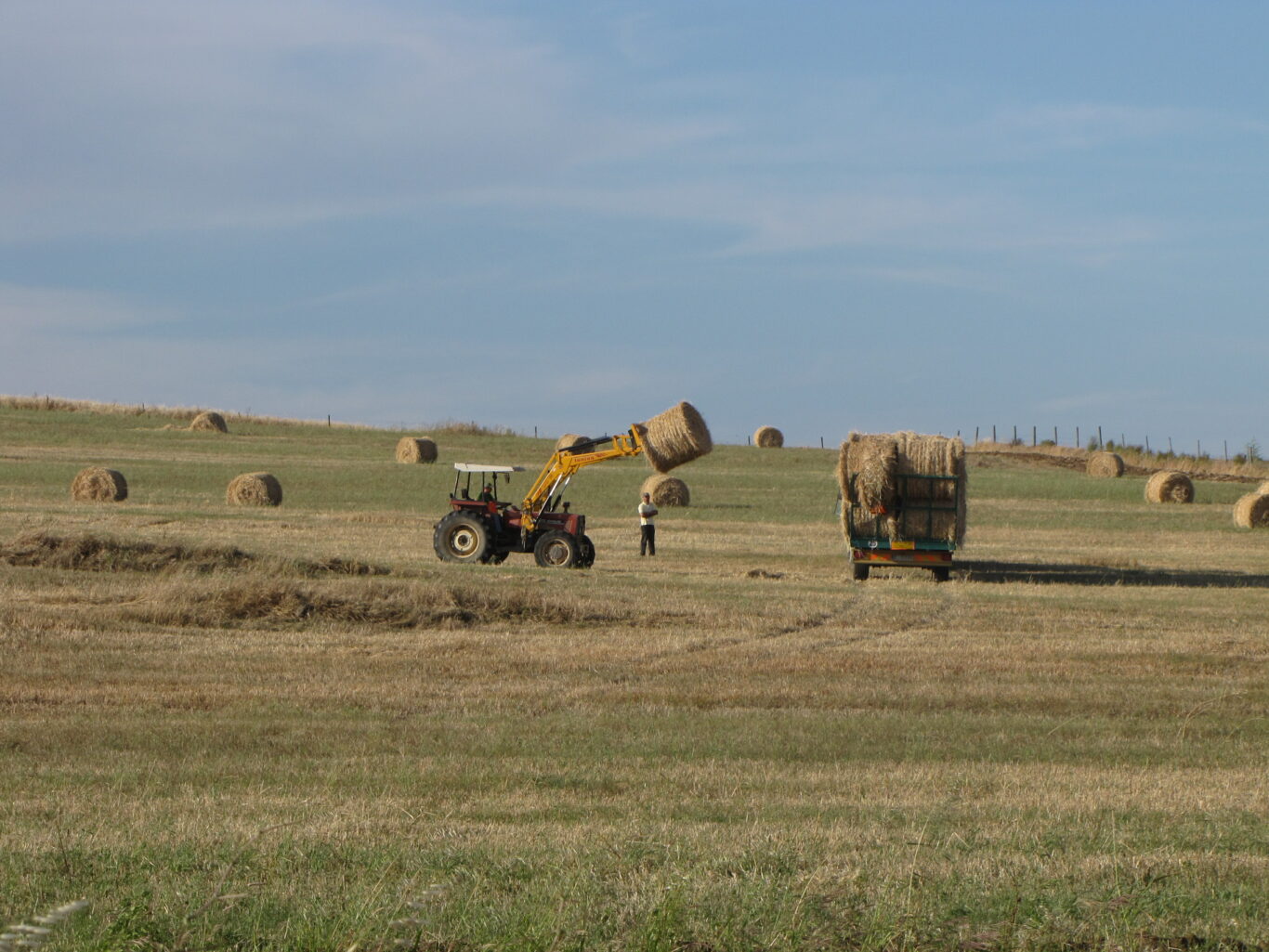
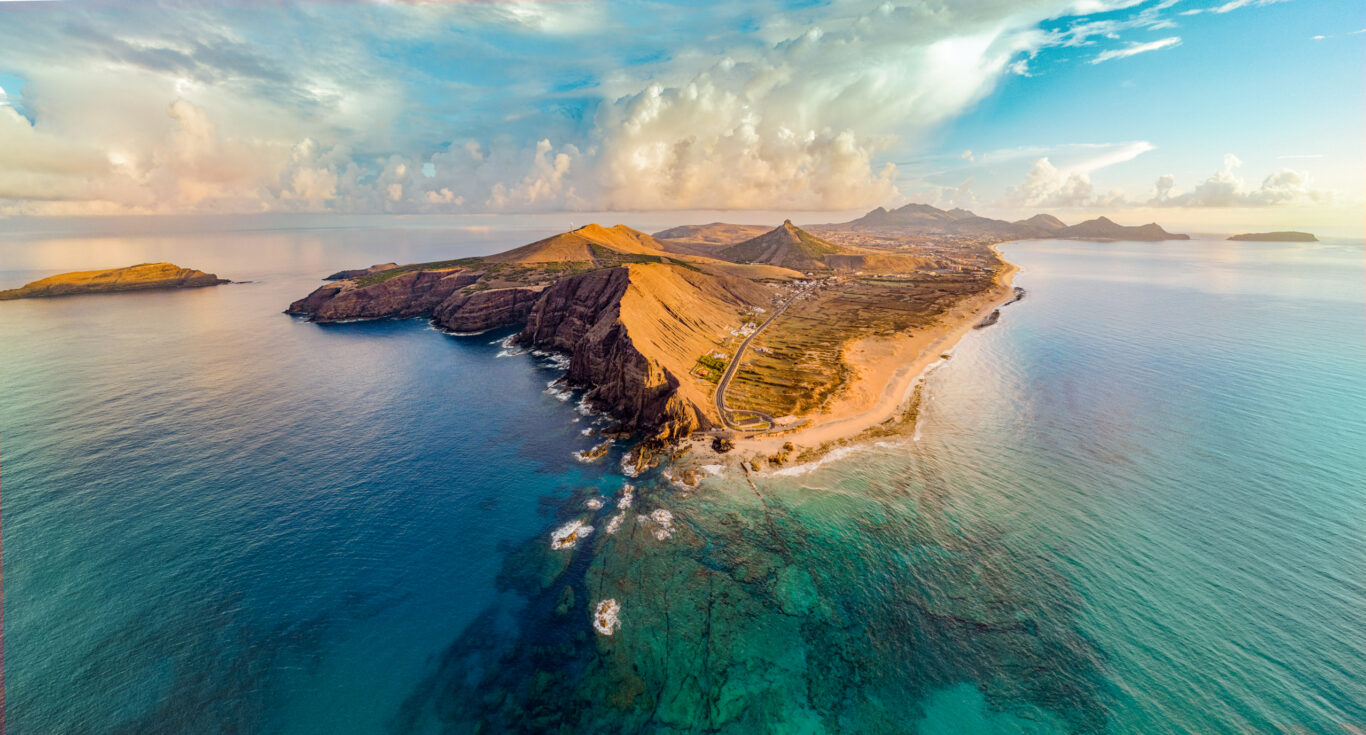
One of the largest freshwater ecosystems in the country
The Paul do Boquilobo Biosphere Reserve is one of the largest freshwater ecosystems in the country. It has a great diversity of fauna and flora characteristic of wetlands, with 317 species of plants and 288 species of animals identified, especially birds, which have their wintering, nesting or mating grounds in the area of the reserve, which was the main reason for the creation of this protected area.
A landscape of international importance
The Biosphere Reserve on the island of Corvo has land and sea scenery of international importance, including the imposing Caldeirão, the crater of an extinct volcano occupied by a lagoon, and the presence on the island of the largest and oldest peat bogs in the country. In the coastal and marine area, the presence of reefs and semi-submerged caves stands out. Corvo’s human population is very small and historically concentrated in the only urban centre, Vila do Corvo.
Seabird nesting site
The volcanic origin of the island of Graciosa stands out in the occurrence of thermal waters and in one of its most characteristic features: the Furna do Enxofre, a cavity located inside the Graciosa caldera. Just off the island’s only sandy beach is the Ilhéu da Praia, a nesting site for several colonies of seabirds of very high ecological importance.
A landscape designed by lava
The Flores Island Reserve has unique environmental and cultural values. The coastline is characterised by Fajãzinha and Fajã Grande, coastal plains that resulted from landslides and lava flows. Ribeira Grande is the most iconic of the waterfalls, reaching 300 metres. The environmental richness includes a high diversity of habitats and species, including endemics.
Shelter and refuge for migratory species
The territory is home to countless migratory species that find refuge and safety in this diversity.
A unique landscape of coastal reefs and marine habitats
The Berlengas Biosphere Reserve is a group of coastal reefs in a temperate climate zone with a huge diversity of marine species and habitats and a unique landscape.
The scenic beauty of the Laurissilva, the footpaths and levadas
The Santana Biosphere Reserve is characterised by the presence of part of the Laurissilva Forest, classified as a UNESCO World Natural Heritage Site, a relic of the vegetation that preceded the settlement of the island. Enjoyment of the Reserve’s scenic beauty benefits from a network of walking routes that allow you to discover the footpaths and levadas and the pebble beaches characteristic of Santana.
One of the largest wolf populations in Europe
There is great potential for tourism in the Meseta Ibérica, with an emphasis on natural and cultural heritage and local particularities, such as the largest wolf populations in Europe.
Coastal plains of geological, ecological and cultural value.
The name of the Fajãs de São Jorge Biosphere Reserve emphasises one of its most important elements: the fajãs or coastal plains that have resulted from landslides and lava flows. These flat areas, located on the coastline and nestling between the sea and the cliffs, are as important from a geological and ecological point of view as they are from a cultural point of view.
Shelter for birds and endangered species
The Tejo/Tajo Transboundary Biosphere Reserve, which includes the Tejo Internacional Natural Park, is located in a region of low altitude and steep terrain, providing shelter for many species of birds that find ideal environmental conditions there, and is also a refuge for threatened species of Mediterranean forests.
A model of sustainable agriculture
Castro Verde’s zonal plan, designed locally by the community, is recognized as a model of sustainable agriculture that enhances biodiversity.
An important natural and geological heritage
The natural heritage of the Porto Santo Island Biosphere Reserve, in addition to the beaches and dune system, is home to a diversity of ecosystems and species, many of them endemic, as well as an important geological heritage.
Para visualizar este conteúdo,
rode o seu telemóvel na horizontal.
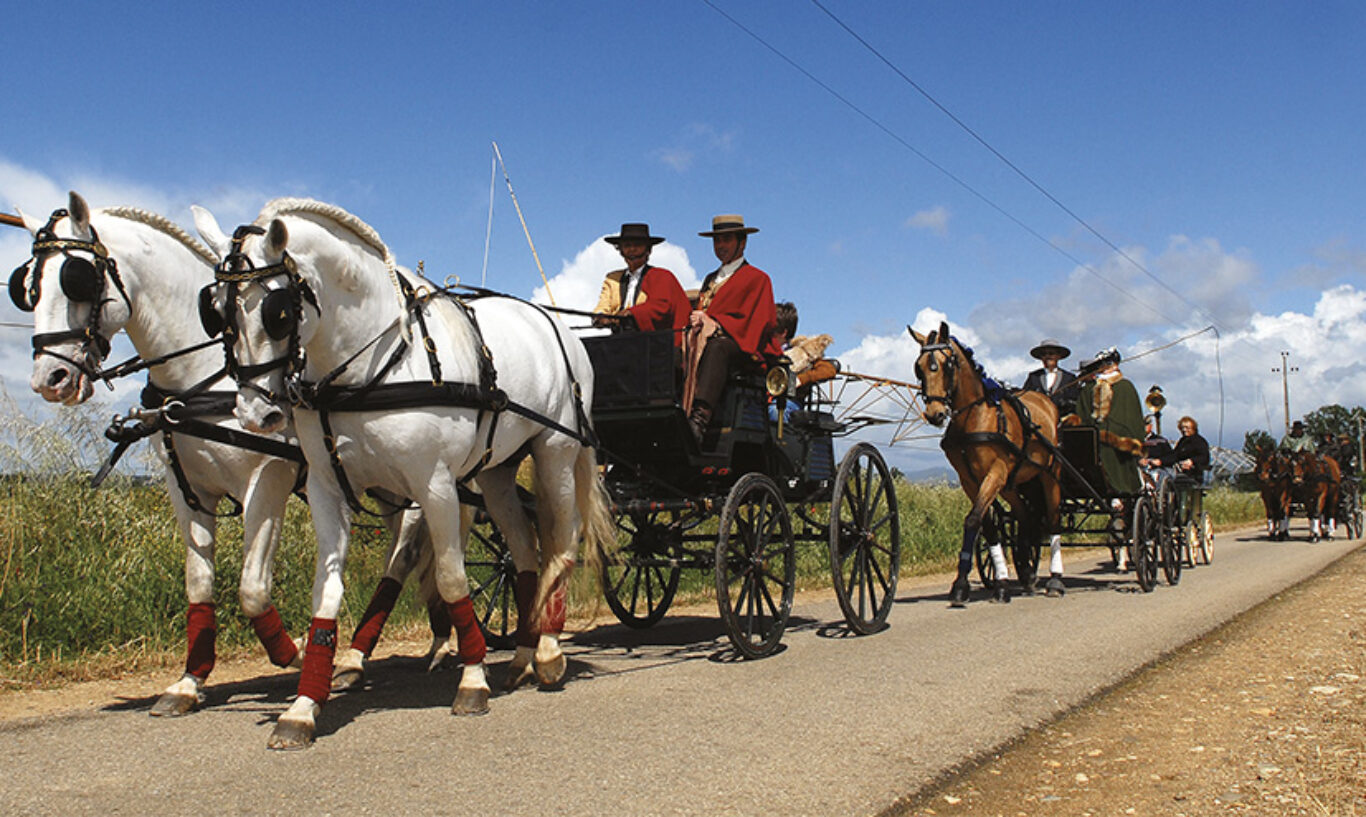



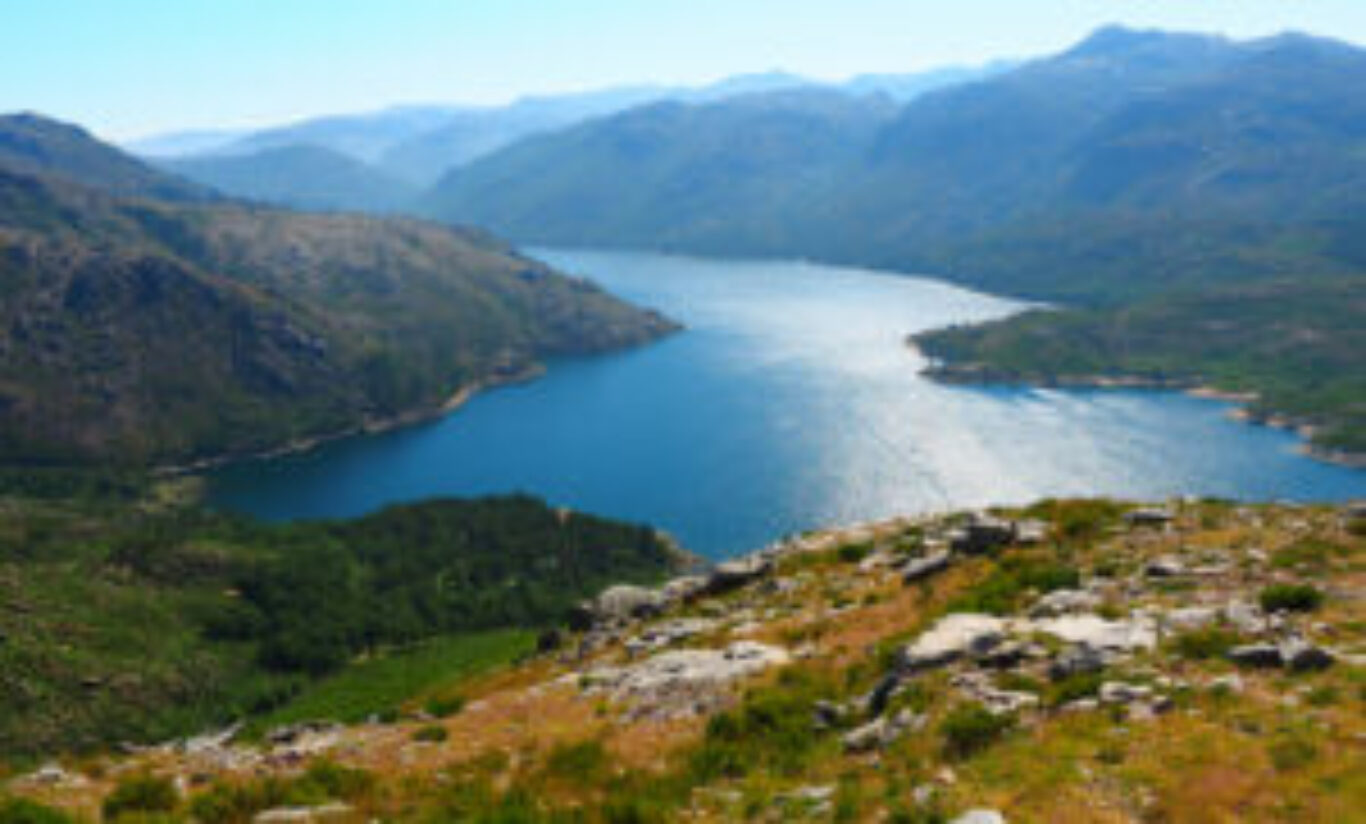


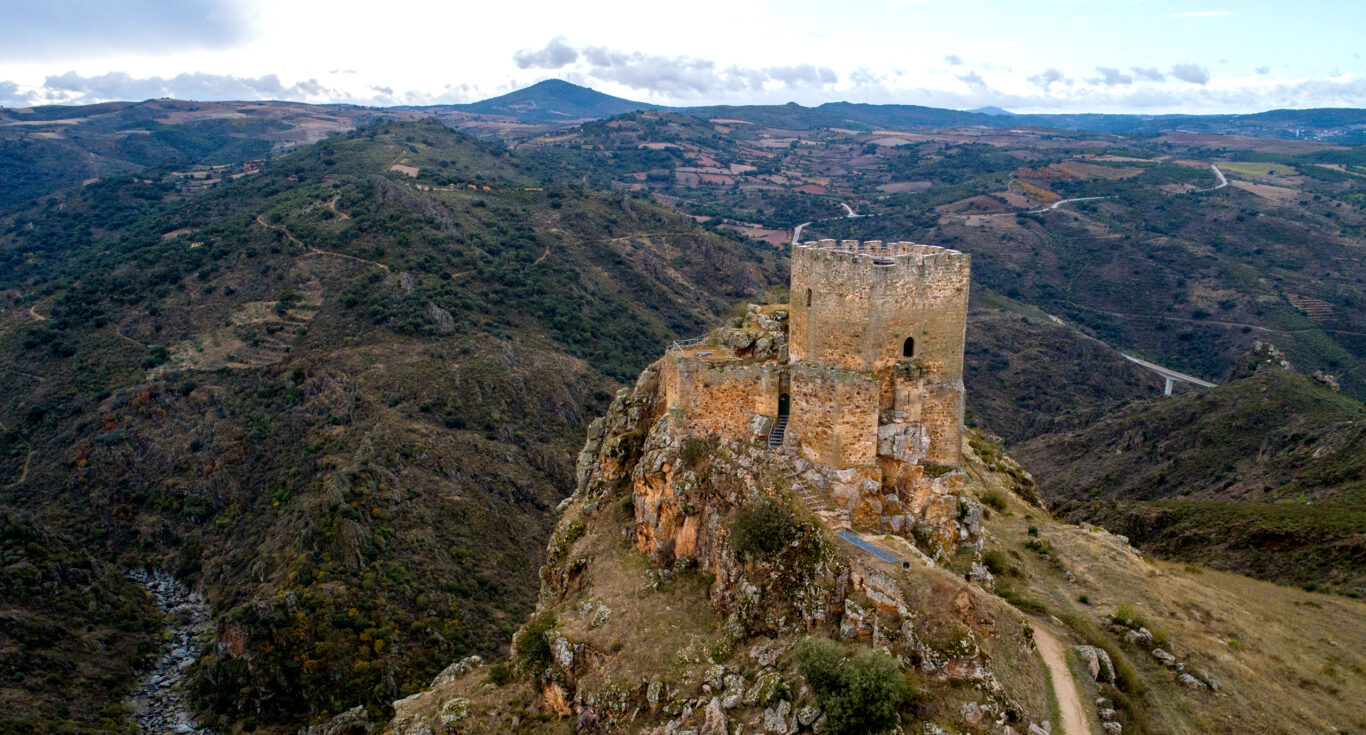

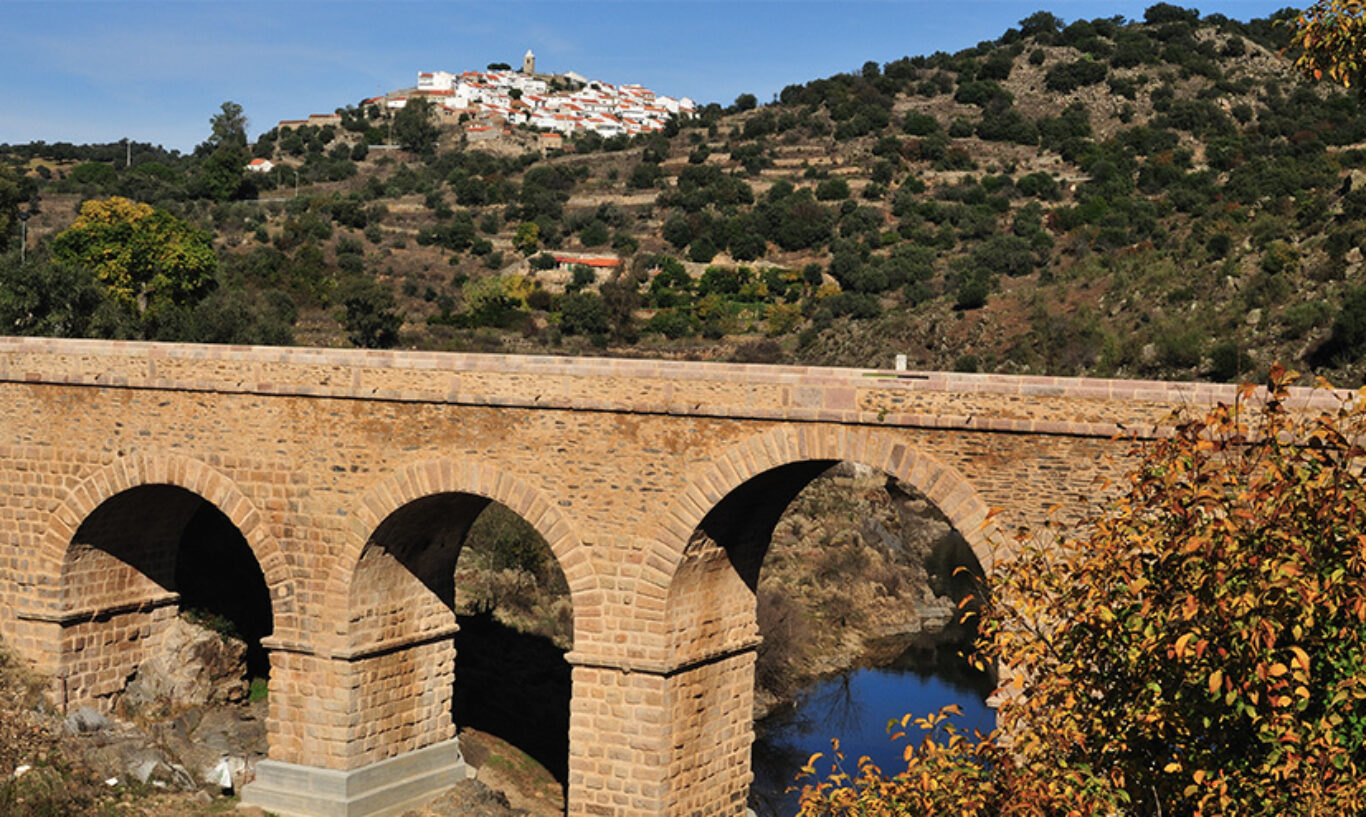
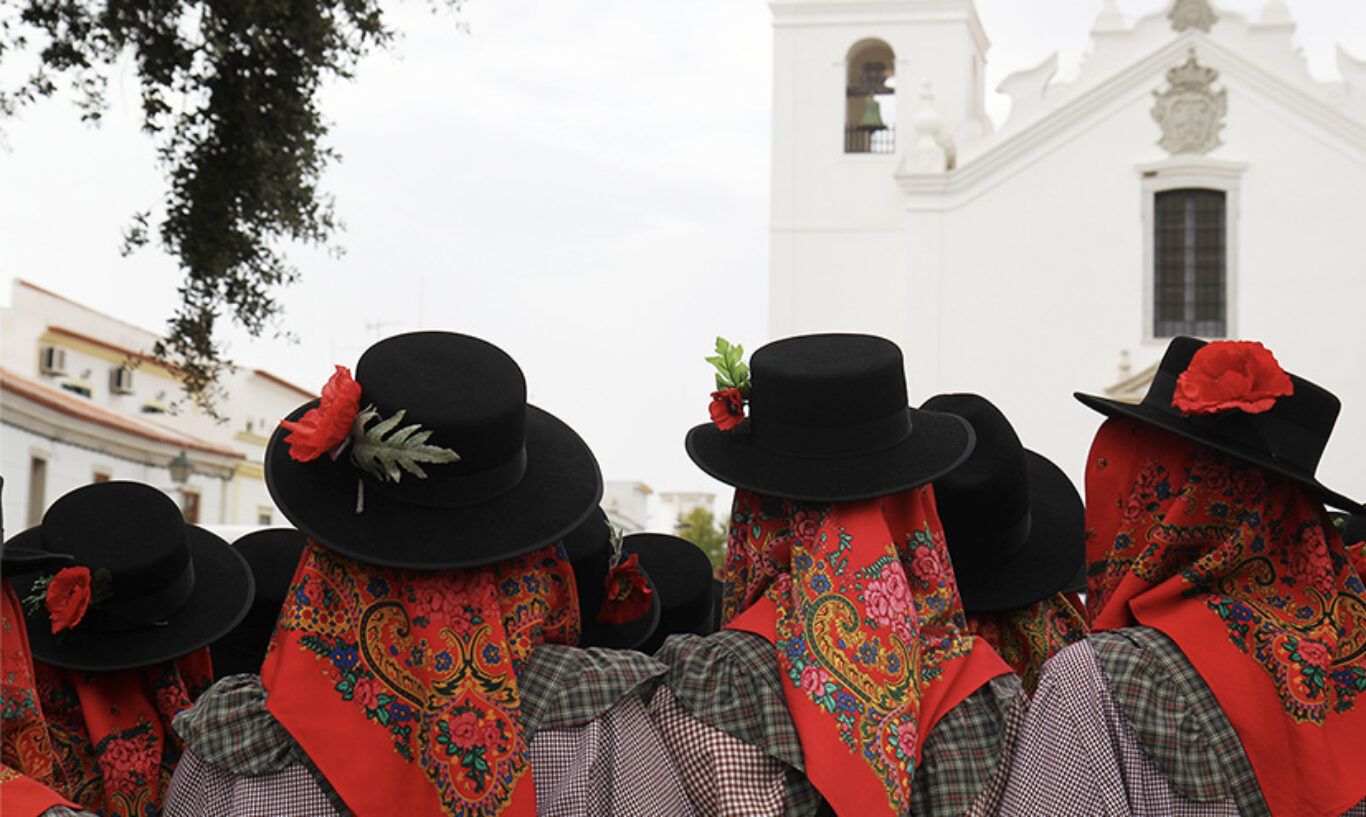

Paul do Boquilobo
The Paul do Boquilobo Biosphere Reserve is one of the largest freshwater ecosystems in the country. It has a great diversity of fauna and flora characteristic of wetlands, with 317 species of plants and 288 species of animals identified, especially birds, which have their wintering, nesting or mating grounds in the area of the reserve, which was the main reason for the creation of this protected area.
Corvo Island
The Biosphere Reserve on the island of Corvo has land and sea scenery of international importance, including the imposing Caldeirão, the crater of an extinct volcano occupied by a lagoon, and the presence on the island of the largest and oldest peat bogs in the country. In the coastal and marine area, the presence of reefs and semi-submerged caves stands out. Corvo’s human population is very small and historically concentrated in the only urban centre, Vila do Corvo.
Graciosa Island
The volcanic origin of the island of Graciosa stands out in the occurrence of thermal waters and in one of its most characteristic features: the Furna do Enxofre, a cavity located inside the Graciosa caldera. Just off the island’s only sandy beach is the Ilhéu da Praia, a nesting site for several colonies of seabirds of very high ecological importance.
Flores Island
The Flores Island Reserve has unique environmental and cultural values. The coastline is characterised by Fajãzinha and Fajã Grande, coastal plains that resulted from landslides and lava flows. Ribeira Grande is the most iconic of the waterfalls, reaching 300 metres. The environmental richness includes a high diversity of habitats and species, including endemics.
Gerês/Xurés
The territory is home to countless migratory species that find refuge and safety in this diversity.
Berlengas
The Berlengas Biosphere Reserve is a group of coastal reefs in a temperate climate zone with a huge diversity of marine species and habitats and a unique landscape.
Santana
The Santana Biosphere Reserve is characterised by the presence of part of the Laurissilva Forest, classified as a UNESCO World Natural Heritage Site, a relic of the vegetation that preceded the settlement of the island. Enjoyment of the Reserve’s scenic beauty benefits from a network of walking routes that allow you to discover the footpaths and levadas and the pebble beaches characteristic of Santana.
Meseta Ibérica
The Reserve combines natural landscapes and historical heritage, with castles, walls, and prehistoric remains. Rock engravings like those in Foz Côa show the millenary human presence in these territories.
Fajãs de São Jorge
The name of the Fajãs de São Jorge Biosphere Reserve emphasises one of its most important elements: the fajãs or coastal plains that have resulted from landslides and lava flows. These flat areas, located on the coastline and nestling between the sea and the cliffs, are as important from a geological and ecological point of view as they are from a cultural point of view.
Tejo/Tajo Internacional
The Tejo/Tajo Transboundary Biosphere Reserve, which includes the Tejo Internacional Natural Park, is located in a region of low altitude and steep terrain, providing shelter for many species of birds that find ideal environmental conditions there, and is also a refuge for endangered species of Mediterranean forests.
Castro Verde
The Castro Verde Biosphere Reserve is a benchmark in birdwatching tourism. Castro Verde’s zonal plan, designed locally by the community, is recognised as a model of sustainable agriculture that enhances biodiversity.
Porto Santo
The natural heritage of the Porto Santo Island Biosphere Reserve, in addition to the beaches and dune system, is home to a diversity of ecosystems and species, many of them endemic, as well as an important geological heritage.